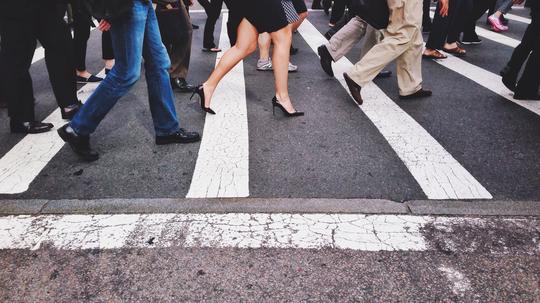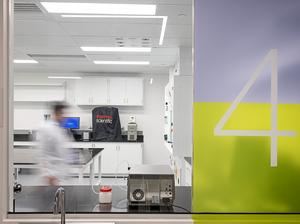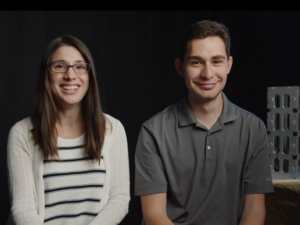
The United Nations predicts that 68 percent of the world's population will live in cities by 2050. Given that 55 percent of the world today already resides in urban areas, that number doesn't seem far-fetched. And the most urbanized region in the world is North America, with 82% of its population living in urban areas in 2018.
Today, the problems urban tech startups are trying to solve are as varied as the cities themselves. Whether it's mobility, smart infrastructure, urban mapping or real estate, UrbanTech startups are reimagining the future of cities and venture capital dollars are following them. In the U.S., urban tech startups attracted $35 billion from 2016-2018, about 45 percent of all venture capital investments in the period.
With urban centers morphing into economic hubs, it has become vital for local city governments and real estate developers to make sure all urban planning and design decisions are tailored to a city's changing demographics. But how can policymakers inform themselves about what residents want most from their urban centers? A Needham-based startup is trying to answer this exact question.
State of Place makes a predictive analytics software that quantifies what people love about cities. It works with local city governments and real estate developers (the startup refers to them as 'city makers') to help them make better decisions on new projects and urban design.
After pivoting from a consulting company to a software maker in 2016, the startup received a grant from the National Science Foundation and was a MassChallenge finalist in 2017.
The company's primary project is to enable the 'city makers' make urban centers more walkable. How does it do that? By collecting massive heaps of data based on 290 different urban design features including street lights, pavements, sidewalks, benches, trees, land uses etc.
The company hopes to take this data to the planning, transportation and economic development departments at local governments to make informed and data-driven decisions. The key goal of this endeavor is to make city streets safer. "Showing that what you do in terms of urban design can determine how safe your streets are," said the company's COO, Michelle Drouse Woodhouse.
State of Place is working with the city of Charlotte and Durham in North Carolina to analyze different trail alignments to improve walkability in those places. "Right now we use trained people who go out on the street and collect data using an app," said Woodhouse. But the company plans to automate data collection in 2019 using visual machine learning.
What determines the cities on State of Place's target list? An international road traffic safety project called 'Vision Zero' that aims to reduce traffic fatalities. Originally started in Sweden in 1997, the project has been adopted by countries including Canada, Netherlands, The United Kingdom as well as several cities including Boston, Chicago, New York City, and San Francisco.
The company is currently in the process of raising its seed round and having conversations with authorities in the city of Boston.








